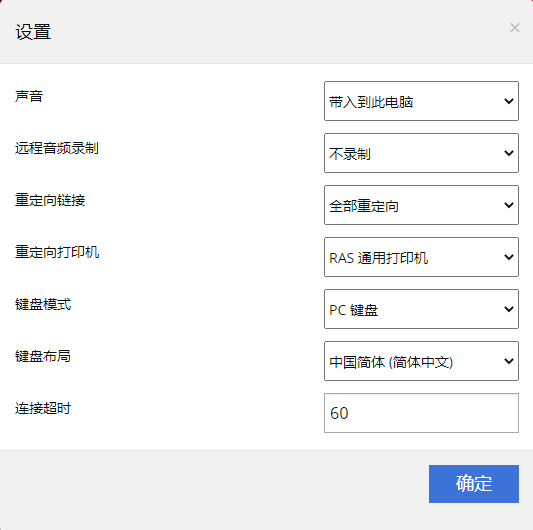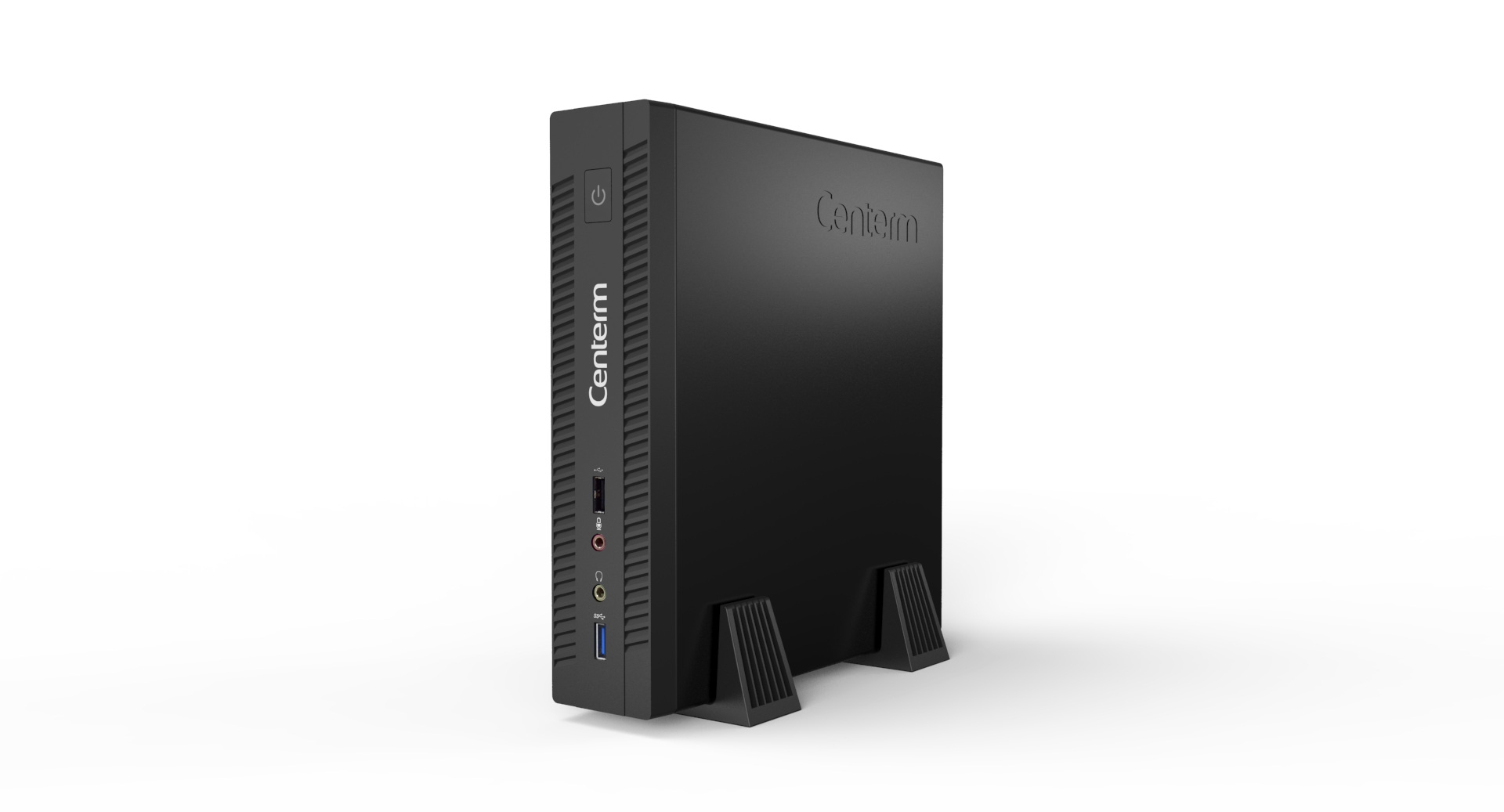

PARALLELS CLIENT CODE 02 FULL
The typical Type 1 hypervisor requires some level of external management - with interfaces such as Microsoft System Center Virtual Machine Manager or VMware vCenter - to access the full scope of the hypervisor's abilities. However, such features come with a much higher initial cost and greater support contract requirements. In addition, Type 1 hypervisors often provide support for software-defined storage and networking, which creates additional security and portability for virtualized workloads. The typical Type 1 hypervisor can scale to virtualize workloads across several terabytes of RAM and hundreds of CPU cores.

IT organizations use Type 1 hypervisors for production-level workloads that require increased uptimes, advanced failover and other production-ready features.
PARALLELS CLIENT CODE 02 DOWNLOAD
Download our hypervisors guide to help choose between 5 hosted hypervisors based on features and use cases. It's vital to evaluate the capabilities of each hypervisor offering to determine the product that best suits your specific needs. This ensures an attack on a guest VM is logically isolated to that VM and can't spread to others running on the same hardware. Virtualization mitigates the risk of attacks that target security flaws and vulnerabilities in OSes because each guest has its own OS. Hypervisors that run directly on physical hardware are also highly secure.
PARALLELS CLIENT CODE 02 DRIVERS
With direct access to the underlying hardware and no other software - such as OSes and device drivers - to contend with for virtualization, Type 1 hypervisors are regarded as the most efficient and best-performing hypervisors available for enterprise computing. The Type 1 hypervisor doesn't have to load an underlying OS. Type 1 hypervisorsĪ Type 1 hypervisor runs directly on the host machine's physical hardware, and it's referred to as a bare-metal hypervisor. Both hypervisor varieties can virtualize common elements such as CPU, memory and networking, but based on its location in the stack, the hypervisor virtualizes these elements differently. There are two types of hypervisors: Type 1 and Type 2 hypervisors. Virtualization with a hypervisor increases a data center's efficiency compared to physical workload hosting. The physical hardware that a hypervisor runs on is typically referred to as a host machine, whereas the VMs the hypervisor creates and supports are collectively called guest machines.Ī hypervisor enables the host hardware to operate multiple VMs independent of each other and share abstracted resources among those VMs. A hypervisor abstracts operating systems and applications from their underlying hardware. Virtualization requires the use of a hypervisor, which was originally called a virtual machine monitor or VMM. This enables the system to host more than one workload simultaneously, making more cost- and energy-efficient use of the available servers and systems across the organization.

The process of virtualization manages and provisions the system's resources, including processor, memory, storage and network resources. Virtualization works by abstracting physical hardware and devices from the applications running on that hardware.


 0 kommentar(er)
0 kommentar(er)
